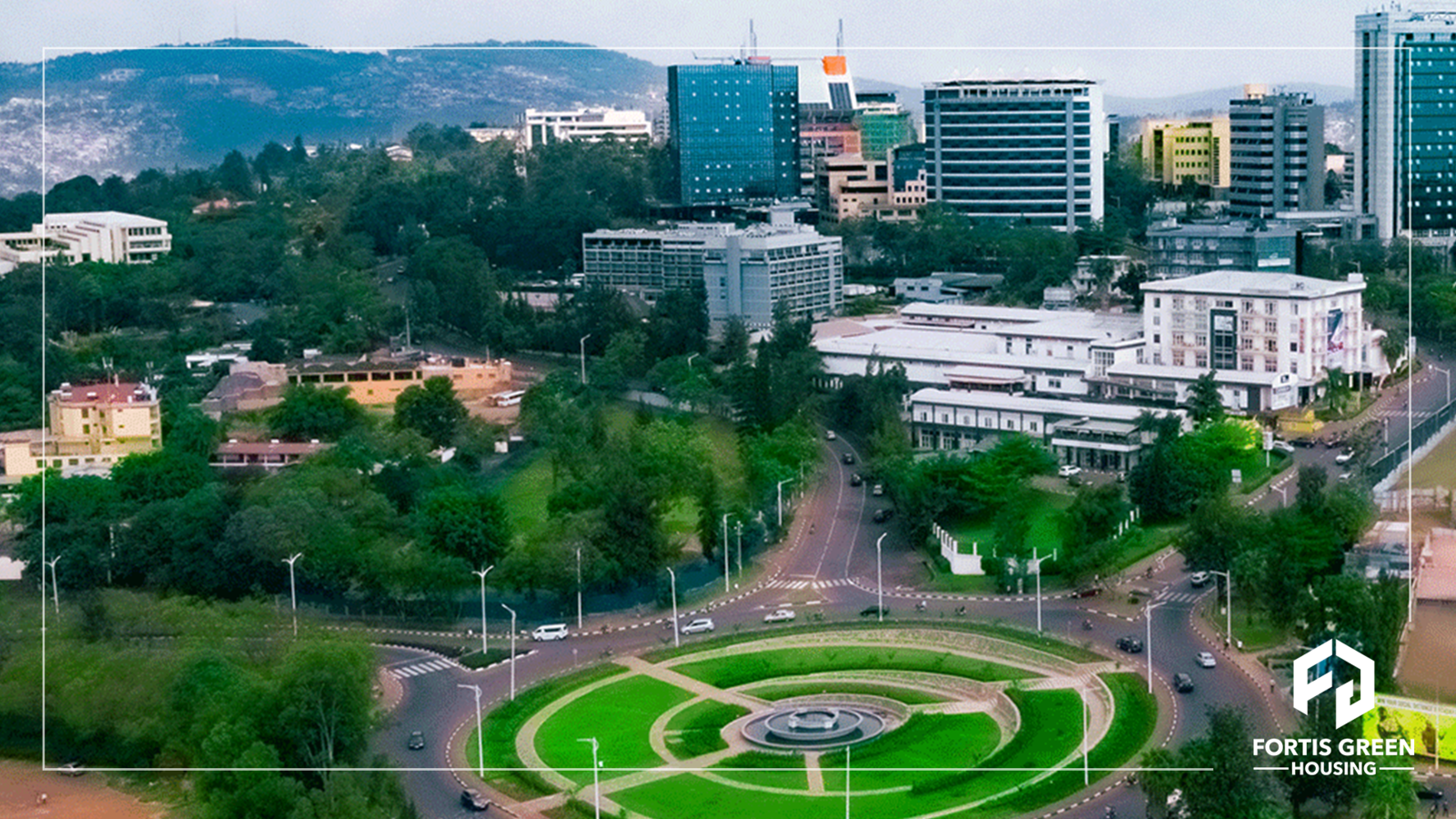What EDGE Certification Really Means for Africa’s Buildings, and Why Rwanda is Perfectly Poised
What EDGE Certification Really Means for Africa’s Buildings, and Why Rwanda is Perfectly Poised

Imagine if your building could wear a badge of honour - not just for being beautiful or functional, but for being radically efficient. A building that announces, “I use less water, less energy, and I was built with care.” That’s what EDGE certification is about. And in Africa, especially in trailblazing countries like Rwanda, this isn’t just a nicety. It’s the future.
But let’s back up. What is EDGE?
The Smart Green Standard for Emerging Markets
EDGE (short for Excellence in Design for Greater Efficiencies) is a green building certification system created by the International Finance Corporation (IFC), a member of the World Bank Group. Launched in 2014, it was specifically designed for emerging markets. Why? Because while much of the world was racing ahead with high-end green standards, there was a gap: these certifications were often expensive, overly complex, or just plain inaccessible for developing economies.
EDGE flips that script. It’s more affordable, data-driven, and purpose-built for places where construction is booming and the stakes are high. It works by assessing three key areas:energy use, water use, and embodied energy in materials. If a building achieves at least 20% savings in each of these areas compared to a standard baseline, it earns the EDGE certificate.
In essence, it’s green building for the real world.
Why EDGE Matters in Africa, Urgently
Africa is urbanising faster than any other continent. By 2050, more than half of Africa’s population will live in cities. That’s hundreds of millions of new homes, offices, malls, schools, and hospitals. Without intervention, this means anexplosion in carbon emissions, resource strain, and unliveable urban sprawl.
But here’s the twist: Africa is also rich inopportunity. With much of the built environment yet to be constructed, we’re not dealing with retrofitting old mistakes - we’re building from scratch. EDGE gives African developers, governments, and investors a powerful tool to do things right the first time.
In places like Kenya, Nigeria, Ghana, and South Africa, EDGE-certified buildings are already proving it’s possible to build fastandsustainably. Rwanda, in particular, is turning heads.
Rwanda: A Quiet Powerhouse of Green Innovation
Rwanda might not scream “green superpower” on the surface. It’s landlocked, small, and recovering from a tragic past. But make no mistake: this country is quietly pioneering a new model of sustainable development. It has a national ban on single-use plastics, a climate-resilient urban strategy, and a government that genuinely prioritizes sustainability. EDGE fits into this ecosystem like a hand in a gardening glove.
Already, several buildings in Rwanda have achieved EDGE certification, including commercial developments, academic institutions, and residential estates. But this is just the beginning.
EDGE could be the standard that underpins Rwanda’s entire green building revolution, particularly as investment flows in from the diaspora and international partners. For forward-thinking developers, it offers credibility, cost savings, and access to green financing. For homeowners and tenants, it means lower utility bills and healthier living environments.
Looking Forward: Not a Trend, But a Trajectory
EDGE isn’t just a stamp, it’s a signal of what’s to come. It tells investors, governments, and homebuyers that sustainability isn’t a luxury, it’s a necessity. More importantly, it proves that green building doesn’t have to be expensive or complicated.
For Africa - and especially for Rwanda - EDGE offers a roadmap toward cities that are not only livable and resilient, but truly designed for the realities of their context.
Access Fortis Green Housing's EDGE certificates here.

